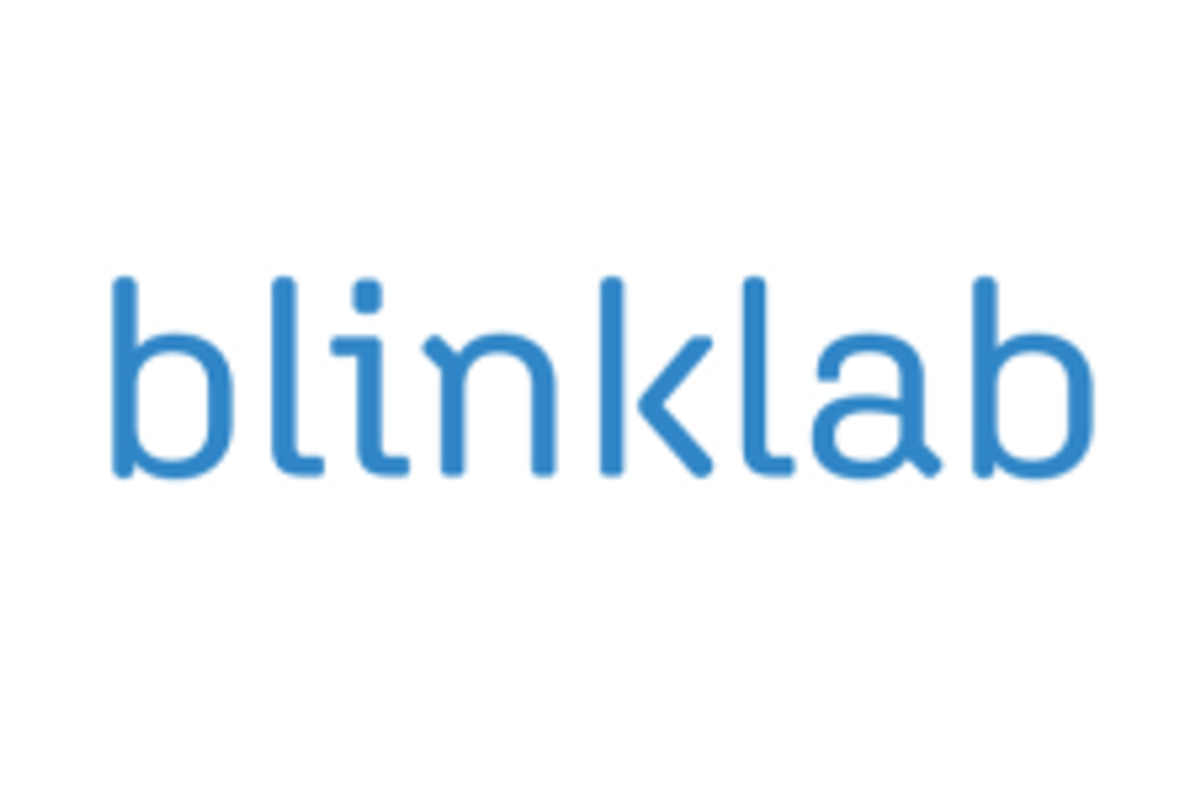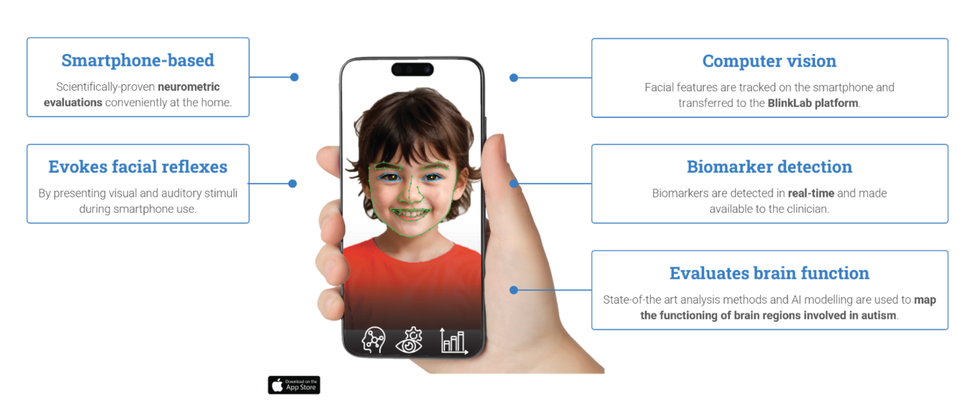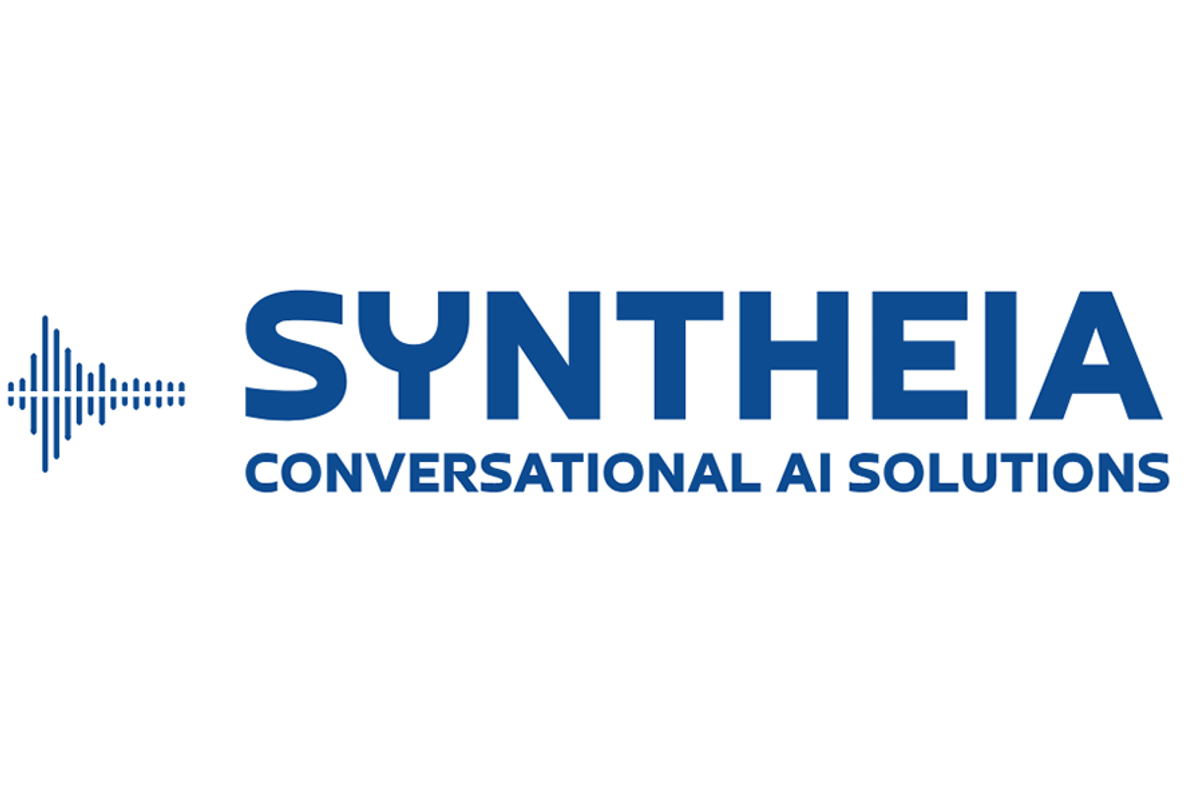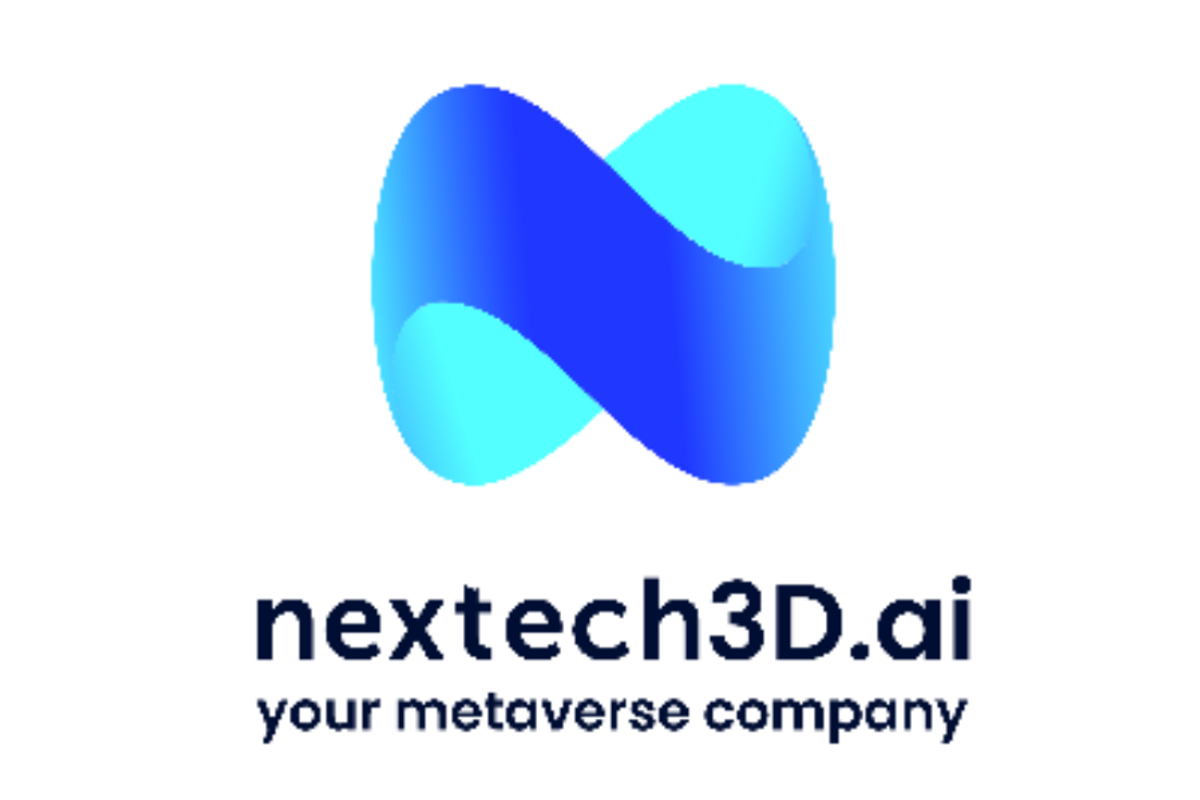
February 28, 2024
Australia-based BlinkLab leverages computer vision, artificial intelligence and machine learning by developing an app-enabled, smartphone-based diagnostic tool for evaluating children with neurodevelopmental conditions such as autism and ADHD. The app turns the mobile phone into a medical device for an effortless way of conducting remote and rapid tests.
The BlinkLab Test aims to perform neurobehavioural testing free from facial instruments or other fixed location equipment. This AI-based platform is designed to be used at home or in similar environments, independently or with the assistance of a caregiver while following instructions from the mobile device application.

In collaboration with Princeton University in the US and Erasmus Medical Center in the Netherlands, Blinklab Test is initially developed as a prescription diagnostic aid to healthcare professionals (HCP). BlinkLab will need to complete a pivotal registrational study and subsequently apply for FDA registration and reimbursement for the tests.
Company Highlights
- Australia-based BlinkLab is focused on transforming mental healthcare through an AI-enabled smartphone application, a breakthrough technology developed at Princeton University.
- The company’s innovative approach leverages the power of smartphones, AI and machine learning to deliver screening tests specifically designed for children as young as 18 months old. This marks a significant advancement, considering traditional diagnoses typically occur around five years of age, often missing the crucial early window for effective intervention.
- Once approved by the regulators, this cutting-edge digital technology is poised to capture the imagination of both investors and major pharmaceutical companies, eager to embrace transformative solutions in healthcare.
- BlinkLab is led by an experienced management team and leading experts in the field of machine learning, autism and brain development bridging the most advanced technological innovations with groundbreaking scientific research. The company is chaired by Brian Leedman, an experienced biotechnology entrepreneur and founder of ResApp Health, a digital diagnostic company recently acquired by Pfizer.
This BlinkLab is part of a paid investor education campaign.*
Click here to connect with BlinkLab to receive an Investor Presentation

Sign up to get your FREE
Silver Dollar Resources Investor Kit
and hear about exciting investment opportunities.
- Corporate info
- Insights
- Growth strategies
- Upcoming projects
GET YOUR FREE INVESTOR KIT
The Conversation (0)
18 December
Silver Dollar Resources
Advancing high-grade silver-gold assets in Mexico’s Durango-Zacatecas silver belt
Advancing high-grade silver-gold assets in Mexico’s Durango-Zacatecas silver belt Keep Reading...
19 December
Tech Weekly: Micron Rises on Latest Results, Trump Media Jumps on TAE Merger
Welcome to the Investing News Network's weekly brief on tech news and tech stocks driving the markets. We also break down next week's catalysts to watch to help you prepare for the week ahead.Don't forget to follow us @INN_Technology for real-time news updates!Securities Disclosure: I, Meagen... Keep Reading...
18 December
Turnium and Syntheia AI Commence Commercial Rollout of AI-Powered Communications Platform Across Partner Network
Collaboration achieves revenue-generating commercialization and scale deployment milestones
Turnium Technology Group Inc. (TSXV: TTGI) (FSE: E48) ("TTGI" or "the Company"), a global Technology-as-a-Service (TaaS) wholesale provider, is pleased to announce a global commercialization partnership with Syntheia Corp. ("Syntheia") (CSE: SYAI), a leading provider of conversational AI... Keep Reading...
16 December
Nextech3D.ai Appoints Global Head of Sales
Appointment Strengthens Sales Execution as Company Focuses on Scaling Revenue and Efficiency TORONTO, ON / ACCESS Newswire / December 16, 2025 / Nextech3D.ai (CSE:NTAR,OTC:NEXCF)(OTCQX:NEXCF)(FSE:1SS), an AI-first technology company providing event technology, 3D modeling, and spatial computing... Keep Reading...
09 December
Nextech3D.ai to Acquire Krafty Labs, Expanding AI Event Solutions for Enterprise Clients
Krafty Labs Generated 2025 Year to date Revenue of $1.1 mill with a 72% gross marginAll-Cash Deal for $600,000Acquiring a Blue Chip customers list; Google, Meta, Oracle etcNextech3D.ai Doubles Customer Base to 1000+Nextech3D.ai is Accelerating its Growth As a One-Stop AI Event Tech Suite NEW... Keep Reading...
02 December
Nextech3D.ai Announces Definitive Agreement to Acquire 100% of ARway, Streamlining Operations
Nextech already owns 15million shares or about 40% of the 38 million shares outstanding in Arway Corporation ("Arway") OTCQB: ARWYF / CSE: ARWY TORONTO, ON / ACCESS Newswire / December 2, 2025 / Nextech3D.ai (CSE:NTAR,OTC:NEXCF)(OTCQX:NEXCF)(FSE:1SS), Nextech an AI-first 3D modeling and event... Keep Reading...
28 November
Tech Weekly: Tech Stocks Recover; Meta, Alphabet Reportedly in Partnership Talks
Welcome to the Investing News Network's weekly brief on tech news and tech stocks driving the markets. We also break down next week's catalysts to watch to help you prepare for the week ahead.Don't forget to follow us @INN_Technology for real-time news updates!Securities Disclosure: I, Meagen... Keep Reading...
Latest News

Sign up to get your FREE
Silver Dollar Resources Investor Kit
and hear about exciting investment opportunities.
- Corporate info
- Insights
- Growth strategies
- Upcoming projects
GET YOUR FREE INVESTOR KIT
Interactive Chart
Latest Press Releases
Nevada Sunrise Announces Stock Option Grants
19 December
Related News
TOP STOCKS
American Battery4.030.24
Aion Therapeutic0.10-0.01
Cybin Corp2.140.00




